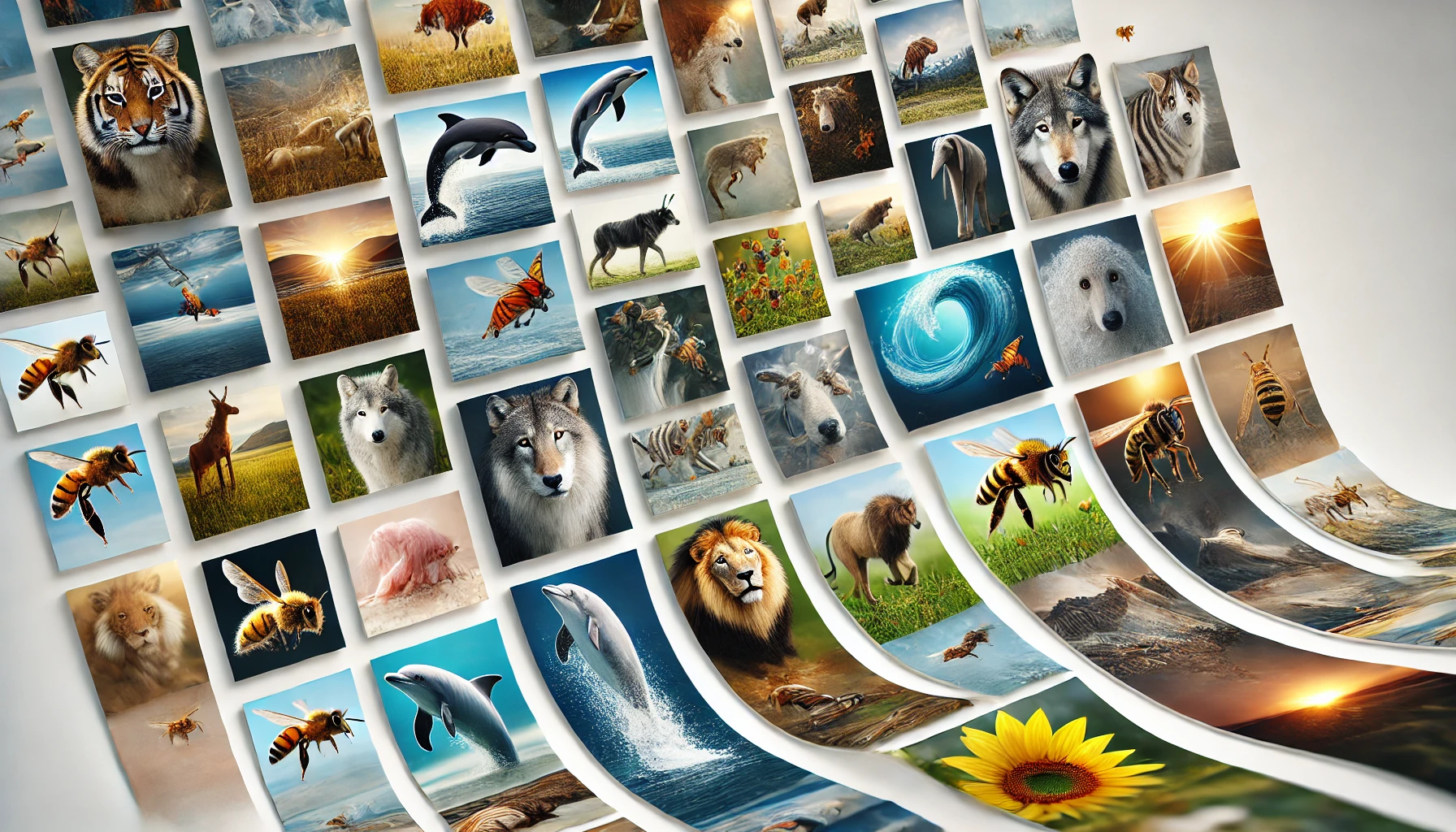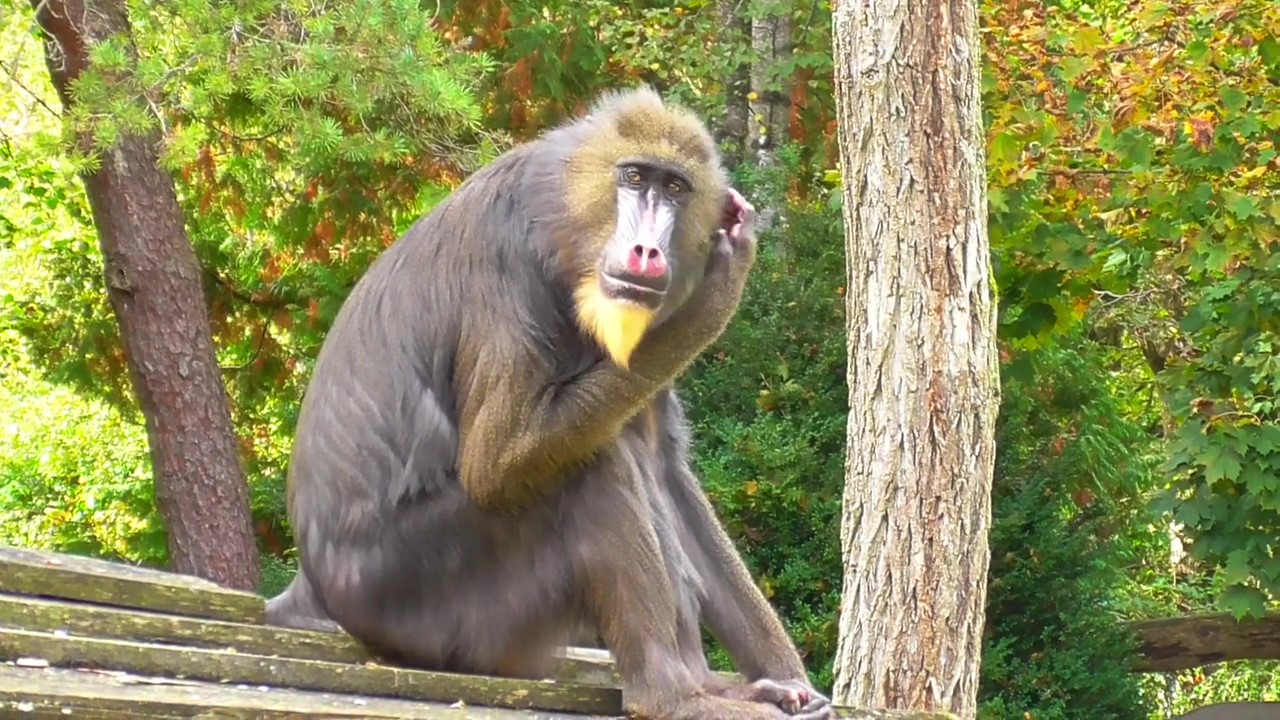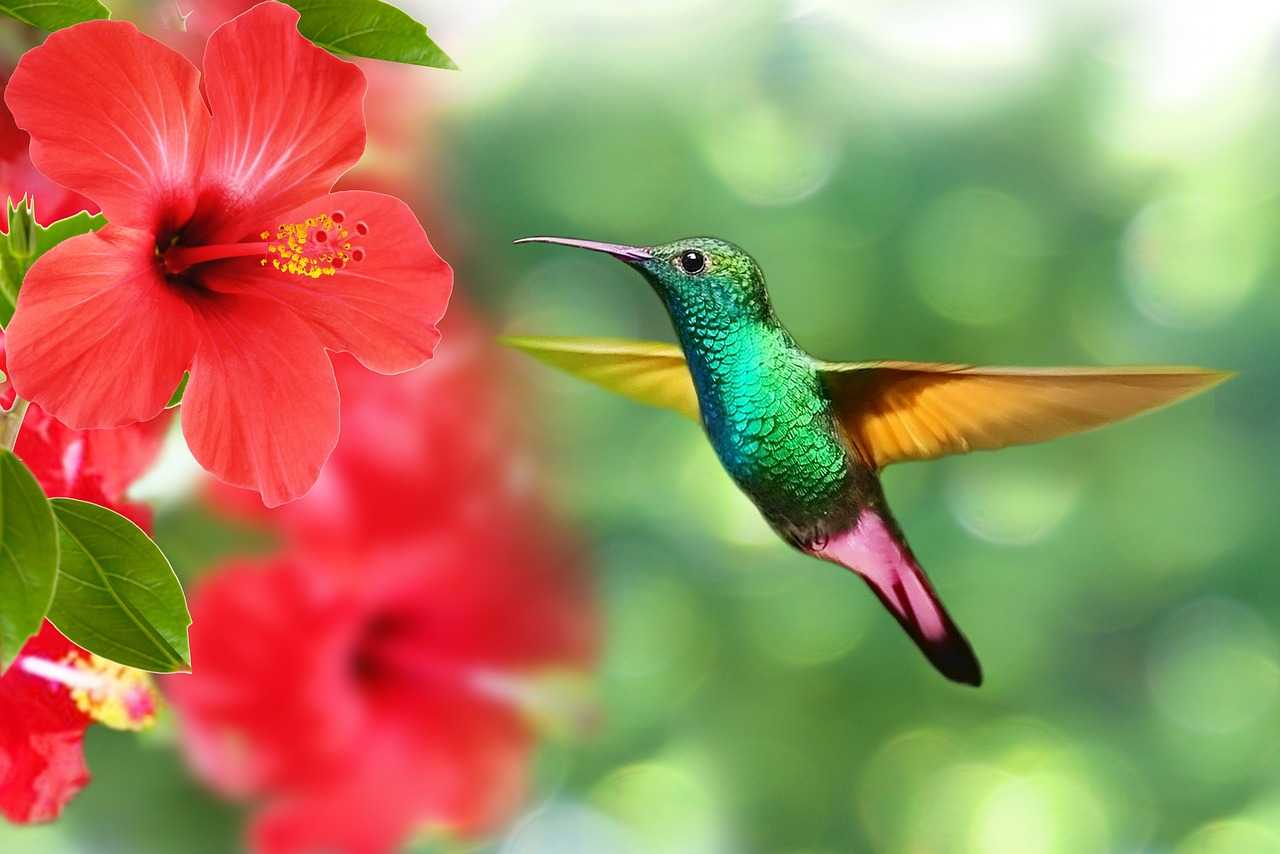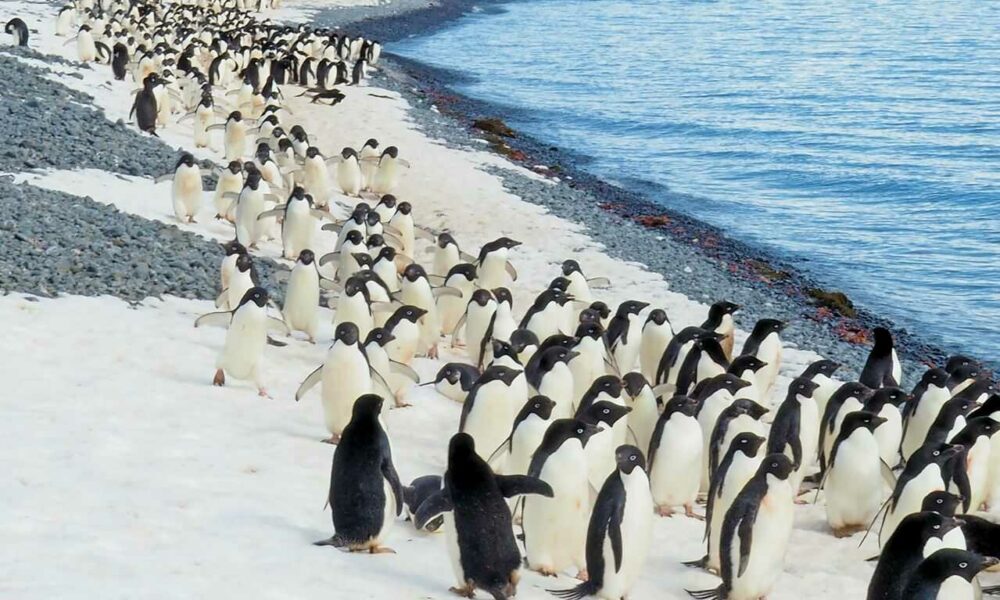
Sea Lion
Sea Lion
Sea Lion
Do you know a very clever marine mammal called a sea lion? They are bred in many aquariums and often appear in shows, so many people may have seen them at least once. Sea lions are familiar beings, but they are also animals that hide many secrets for living in the sea and have many surprisingly unknown characteristics. Let's take a peek at what characteristics and secrets sea lions have in this article!
Sea Lion Basic Infomation

Mammalia-Carnivora-Otariidae.
California sea lion. Length:male 2.4m female 2.0m. Weight:male 250~390Kg female 90~110Kg.
One species of sea lion, the california sea lion, lives in the warm waters of the eastern part of North America (from Canada to Mexico).
Because it is easy to become a person, it is bred in many aquariums and zoos, and you can see it all over the world.
In the past, the "galapagos sea lion" living in the Galapagos Islands was considered a subspecies of the california sea lion, but it is now considered to be an independent species.
California sea lion is during the breeding season, one male gathers about 30 females and young to form a large herd called a "harem".
Males reach sexual maturity about 5 years after birth, females about 3~4 years after birth, and females give birth to one baby after a gestation period of about 1 year.
The size of a newborn baby sea lion is about 70cm long and weighs about 5~9Kg.
California sea lions are carnivorous animals that feed on fish such as sardines, octopuses and squid in the wild.
Sea lions kept in aquariums and zoos eat 5~8kg of food per day mainly fish such as mackerel, horse mackerel, atka mackerel, and squid.
Sea Lion Q&A

What is the origin of the sea lion name?
An animal with the name "sea lion" in English and "ashika" in Japanese. This time, why are they called ashikas in Japanese? We will introduce its origin.
There are several theories about the origin of the ashika's name, but the following two theories are said to be the most prevalent.
The first theory is that it was called "ashishka" as a "shika-like creature" (shika is expressed as deer in English.) That lives in places where plants called "ashi" grow, and that the word was changed from that word.
The second theory is that it was called "amashika" as "shika living in the sea"(shika is expressed as deer in English.) And that it changed from that word.
I don't know exactly which theory is true, but it's kind of interesting to think that people in the past thought of ashikas as shika-like animals. ( Ashika is sea lion in English, shika is deer in English.)

What is the difference between male and female sea lions?
It is known that when sea lions reach adulthood, males and females have completely different appearances.
Males have a large body, dark brown all over their bodies, and have something like a hump on their heads. Females, on the other hand, are smaller than males, have a light dark brown body and no hump on their heads.
When you actually compare males and females, many people will be surprised at the difference in size and facial features.
In biology, what can determine the difference between males and females by appearance in this way is called "sexual dimorphism". Examples of familiar sexual dimorphism are known such as lions and pheasants.

What is the difference between a sea lion and a seal?
The key to distinguishing a sea lion from a seal is their posture when they are on land.
Seals cannot support and lift themselves with their front legs or turn their hind legs forward, so they are always lying on the ground and crawl when moving.
Sea lions, on the other hand, can lift themselves up with their front legs and turn their hind legs forward. Therefore, sea lions can also run on land.
Sea lions, by the way, have long earlobes, but seals do not have them. If you actually compare them, you can see that their body shapes and faces are quite different.

What is the difference between sea lions and fur seals?
Sea lions and fur seals are animals of the same otariidae, and fur seals are one species of sea lions.
Therefore, sea lions and fur seals are similar in body shape and appearance, but in fact, they can be easily distinguished by paying attention to a certain point.
The key to distinguishing sea lions from fur seals is the amount of hair growing on their bodies. The fur seal's hair is fluffy and grows all over the body. The fur seal's fur seal hair was so large that fur was even valued as a luxury item.
On the other hand, sea lions also have hair, but at a glance their skin looks smooth, so many people feel that they cannot tell if they have hair.
When the hair is dry, you can observe how the short hair grows densely, but when it is wet, the skin becomes so smooth that you can't tell if you really have hair.
By the way, in terms of body size, fur seals are larger than sea lions, and they have a body that is more adapted to life in the water.

Is it true that sea lions are very good swimmers?
It's true. Sea lions are good swimmers and divers, and are said to swim at speeds of 25~30km, sometimes as high as 40km in the sea.
In the body of such a sea lion hides many secrets for living in water. For example, the body shape is streamlined and less susceptible to water resistance, so that you can swim faster.
And while diving, you can close your ears and nose to keep water out, and your whole body is covered with thick subcutaneous fat so that you don't lose body heat in cold seawater.
In addition, the sea lion's body has an interesting mechanism that slows down the heart rate when diving into the water and sends blood only to the parts that are needed, such as the brain, heart, and muscles. Therefore, it is said that sea lions can continue to dive for about 10 minutes without breathing.
In addition to this interesting body structure, sea lions have enough stamina to hunt for 30 hours straight.

Can sea lions be kept as pets?
When breeding rare animals at home, it is necessary to follow the established laws in some countries. This time, we will introduce whether sea lions can be bred at home in Japan.
First of all, some animals are worried about extinction, and there are species that are prohibited from being sold or bought by law.
However, one species of sea lion, the California sea lion, has a large number in the wild and is bred in various aquariums and zoos.
Although buying and selling are restricted due to the low risk of extinction as a species, it is not prohibited, so it is not absolutely impossible to buy sea lions.
However, in order to raise sea lions, you need a pool that is large enough for the sea lions to exercise sufficiently.
In addition, the pool must be cleaned frequently because it gets dirty, and it is expected that there will be a very high water bill because it uses a lot of water to change and clean.
In addition, considering that you need to prepare a lot of fish as food every day and that they are very loud, it seems that keeping sea lions as pets is not easy.

What is the lifespan of a sea lion?
The lifespan of california sea lions is thought to be 25~30 years, but in captivity they can exceed 30 years.
By the way, the longest-lived california sea lion in Japan was a female "Ellie" who was kept at the Shimoda Floating Aquarium in Shizuoka Prefecture, and Ellie lived to be 34 years old and ended her life.

Is it true that there used to be sea lions in Japan?
It's true. The Japan Sea (mainly in the southwest) was once home to a sea lion endemic to the Japan called the "japanese sea lion".
However, from the Edo period to the Meiji period, many japanese sea lions were caught to get fur, oil, and edible meat, and to put on a show at the circus.
In particular, many japanese sea lions inhabit the area around Takeshima in Shimane Prefecture, and there are records that sea lion hunting has been carried out frequently since the early 1900s.
As a result, japanese sea lions were affected by sea lion hunting and environmental changes, and their population declined rapidly.
Unfortunately, since 1975, no living japanese sea lion has been sighted, so it is now thought to be extinct.
By the way, the japanese sea lion has long been thought to be a subspecies of the california sea lion, but many researchers think that it may be an independent species.

What enemies do sea lions have?
It is said that the natural enemies of sea lions in the wild are killer whales and sharks, which are carnivores.
But for sea lions, our biggest enemies are us humans.
It overlaps with what was explained in "Is it true that there used to be sea lions in Japan?", but sea lions have been caught in large numbers for their fur and oil since ancient times.
In addition, sea lions were treated as a hindrance by fishermen because they ate fish, and their population was reduced by being illegally injured or killed.
Currently, sea lions are being protected all over the world, but the relationship between fishermen and sea lions is still not good.

Would you like to become a part of the 'Animalbook.jp'?
Turn your knowledge into Q&A and share it with the world. ※Publication will be activated after purchase. Let's share information together!
Sea Lion Type of List

Sea lion genus. ・California Sea Lion ・Galapagos Sea Lion ・Japanese Sea Lion(extinction)
Australian sea lion genus. ・Australian Sea Lion New Zealand sea lion genus. ・New Zealand Sea Lion ※Classifications can vary from researcher to researcher and book to book.
Information
Congratulations! You are the first commenter!

Would you like to leave a comment?
※Please note: This is for the purchase of rights to post comments within the article.

Find Your Favorites!
Our shop offers a unique and attractive selection of goods themed around various animals.
Sea Lion References

- D.W. マクドナルド(1986年)『動物大百科2 海生哺乳類』平凡社
- スミソニアン協会(2017年)『驚くべき世界の野生動物生態図鑑』日東書院本社
- 新江ノ島水族館「2013/05/06 アシカ入門2」 https://www.enosui.com/diaryentry.php?eid=02696
- 新江ノ島水族館「2006/08/18 水族館の魚の餌について。」 https://www.enosui.com/diaryentry.php
- 島根大学ミュージアム 島根大学標本資料類データベース「ニホンアシカ 剝製標本 Zalophus japonicus」 http://museum-database.shimane-u.ac.jp/specimen/metadata/411
- 島根県「ニホンアシカって知っていますか?」 https://www.pref.shimane.lg.jp/admin/pref/takeshima/web-takeshima/takeshima03/index.data/2018_asika.pdf
- 島根県「アザラシ目アシカ科 ニホンアシカ」 https://www.pref.shimane.lg.jp/infra/nature/shizen/yasei/red-data/kaiteishimaneRDB2014animal.data/h-ex.pdf?site=sp
- 海遊館「カリフォルニアアシカの赤ちゃんが生まれました!」 https://www.kaiyukan.com/connect/news/202007_post-403.html
- 海生哺乳類が長く潜水できる理由ナショナルジオグラフィック「海生哺乳類が長く潜水できる理由」 https://natgeo.nikkeibp.co.jp/nng/article/news/14/8078/
- 海響館「第221回「アシカの体の表面は・・・」 http://www.kaikyokan.com/dolphin221/
- 毎日新聞「コトバ解説「アシカ」と「オットセイ」と「アザラシ」の違い」 https://mainichi.jp/articles/20110606/mul/00m/040/013000c
- 高知県立のいち動物公園「飼育動物紹介 カリフォルニアアシカ」 http://www.noichizoo.or.jp/park/animal_intro01_sealion.html
- ナショナルジオグラフィック「動物大図鑑 カリフォルニアアシカ」 https://natgeo.nikkeibp.co.jp/nng/article/20141218/428822/
Sea Lion Introduction of media used
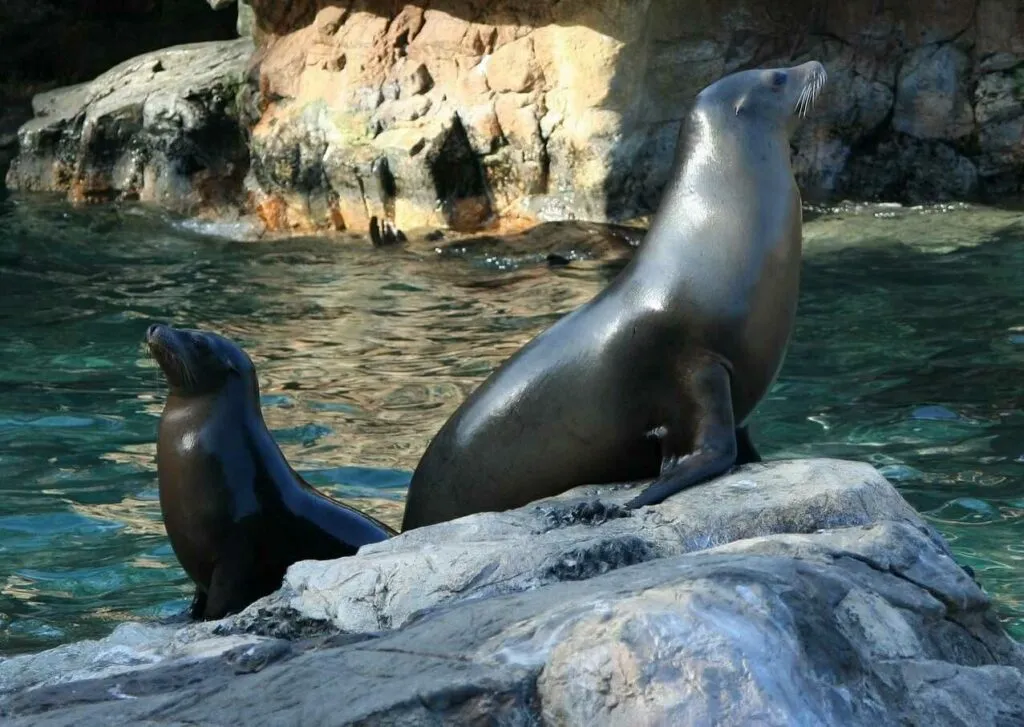
出典:https://pixabay.com/images/id-58466/
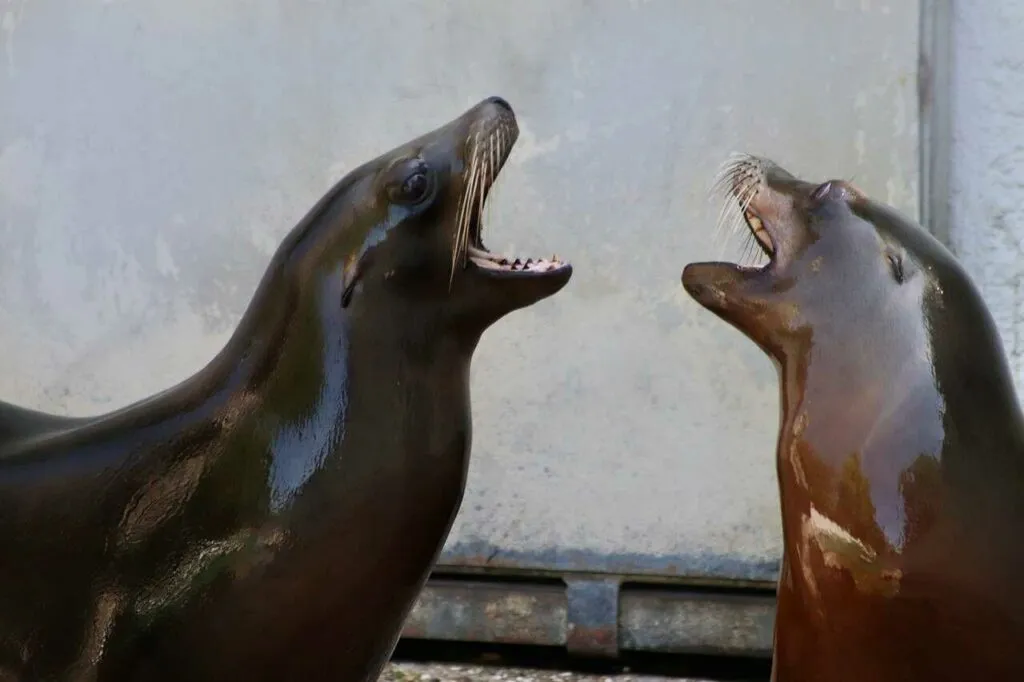
出典:https://pixabay.com/images/id-5286125/
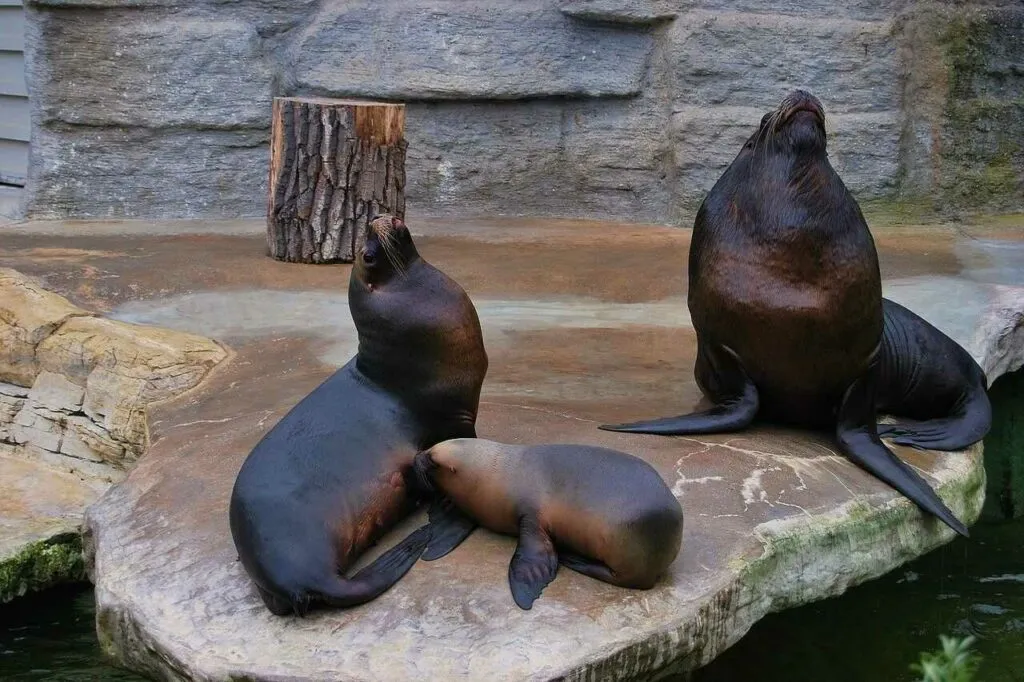
出典:https://pixabay.com/images/id-3104692/
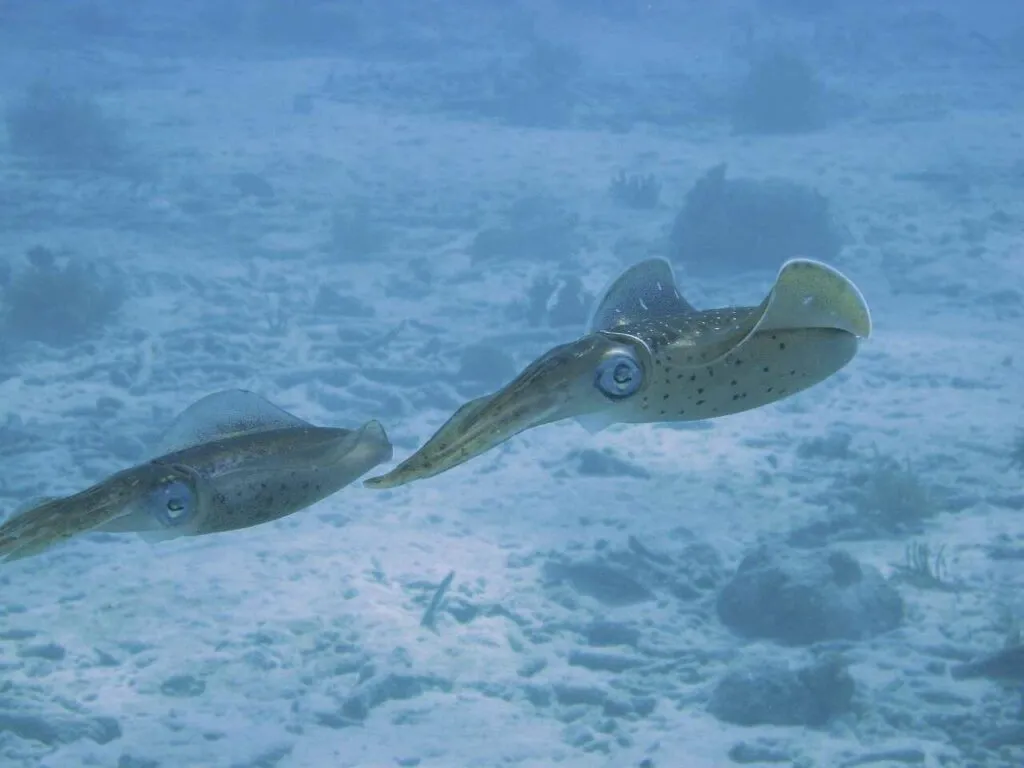
food
出典:https://pixabay.com/images/id-101375/
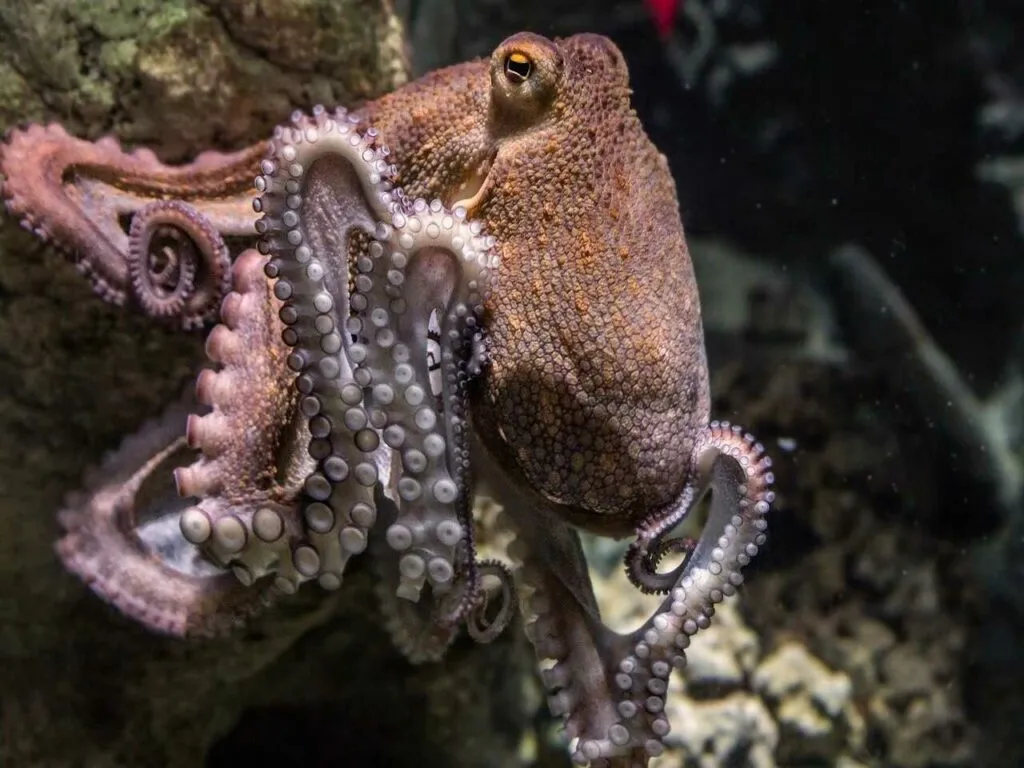
food
出典:https://pixabay.com/images/id-3262715/
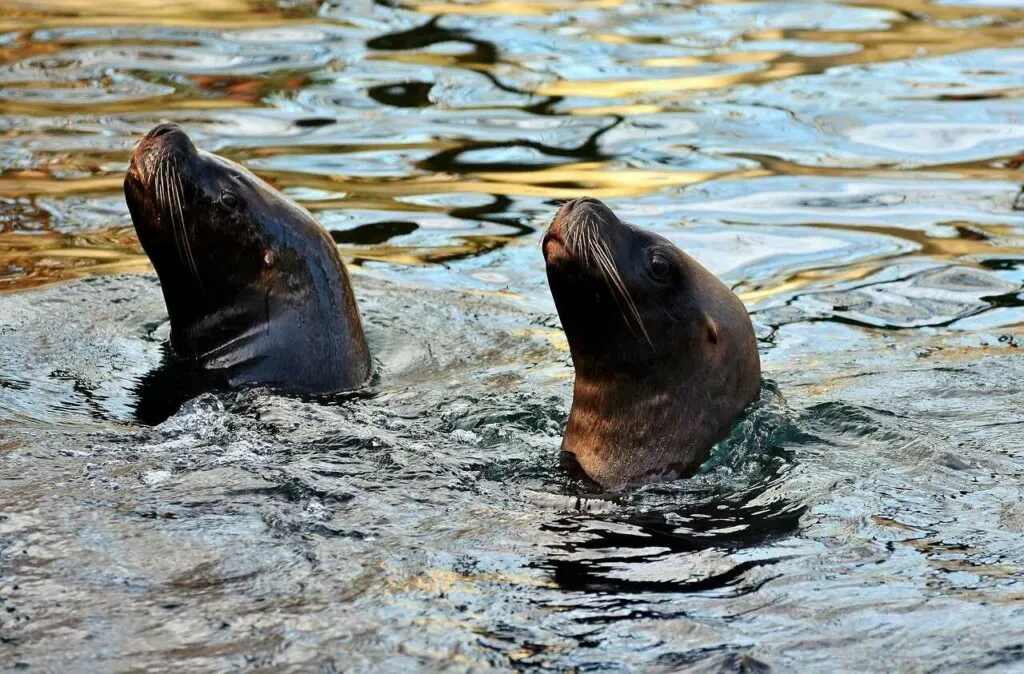
出典:https://pixabay.com/images/id-3093762/

出典:https://pixabay.com/images/id-2438039/
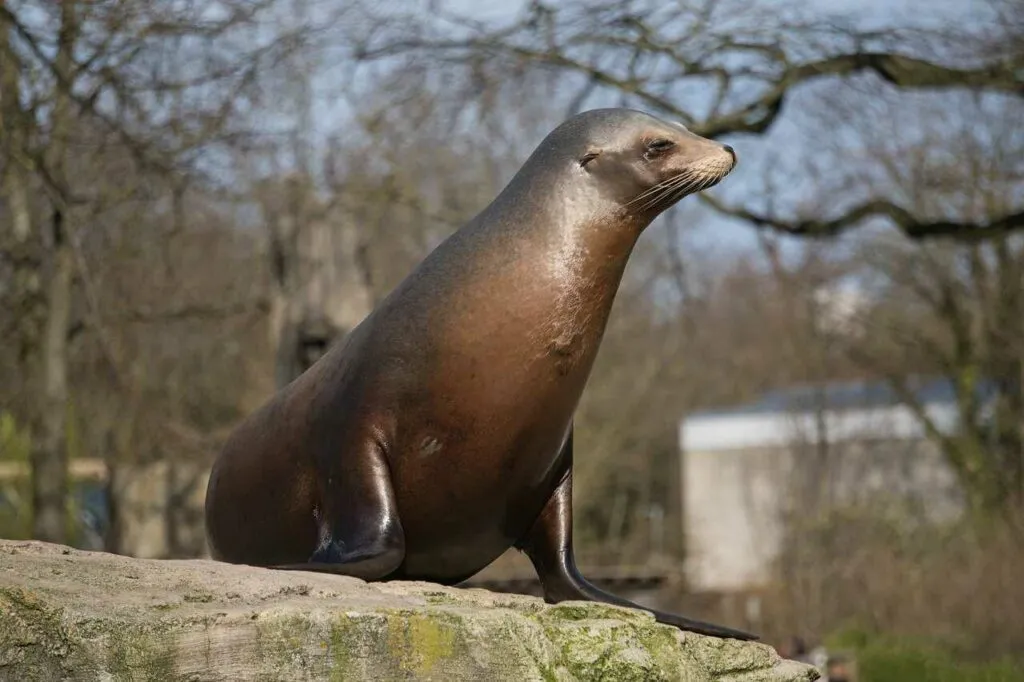
出典:https://pixabay.com/images/id-4860527/
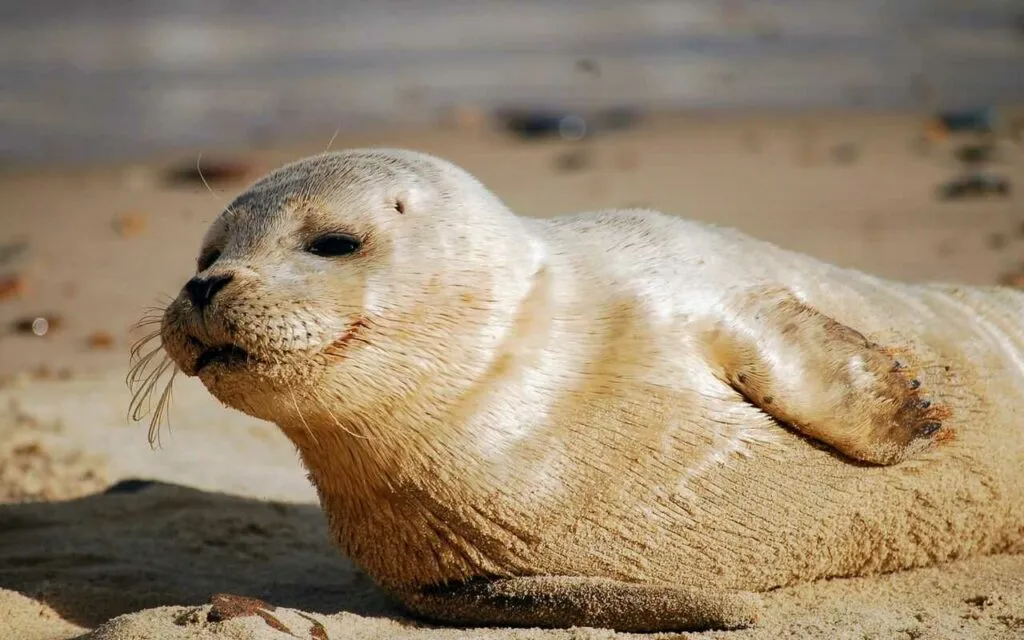
similar
出典:https://unsplash.com/photos/giZJHm2m9yY
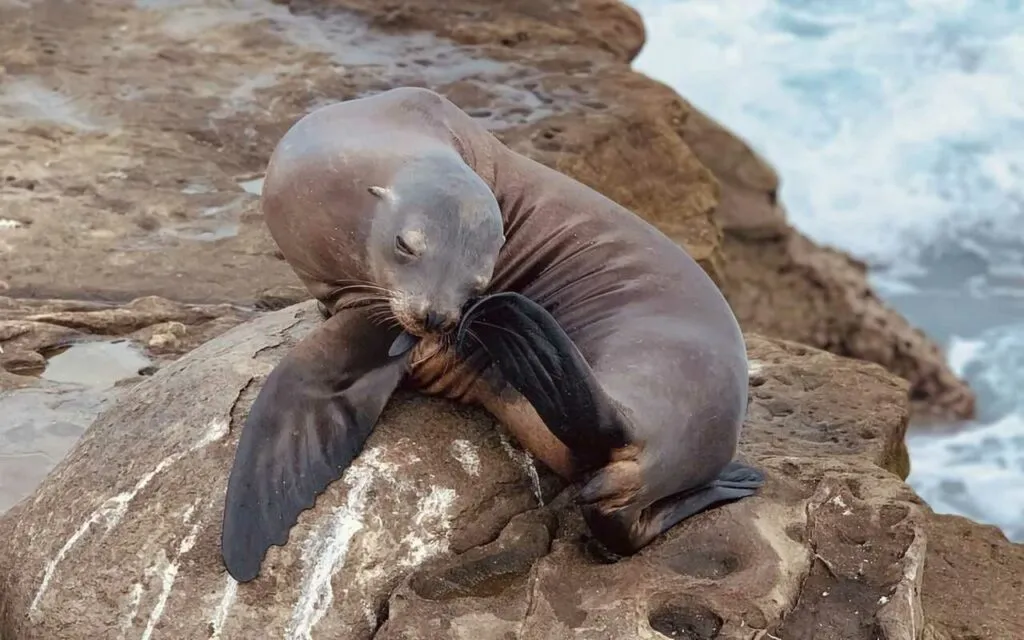
出典:https://unsplash.com/photos/tlYqmhLLBuE
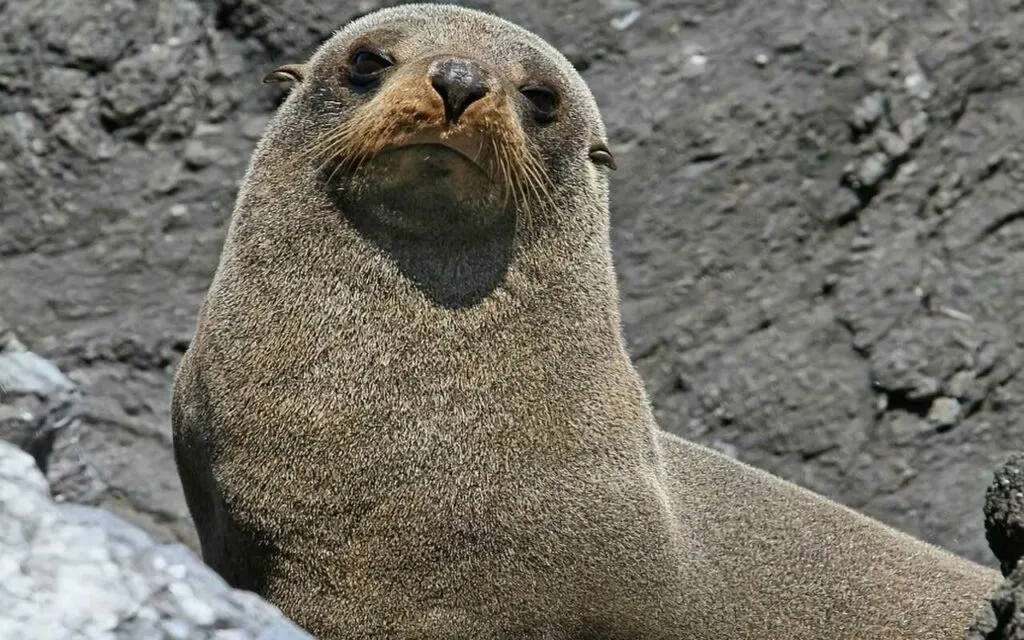
similar
出典:https://pixabay.com/images/id-93497/
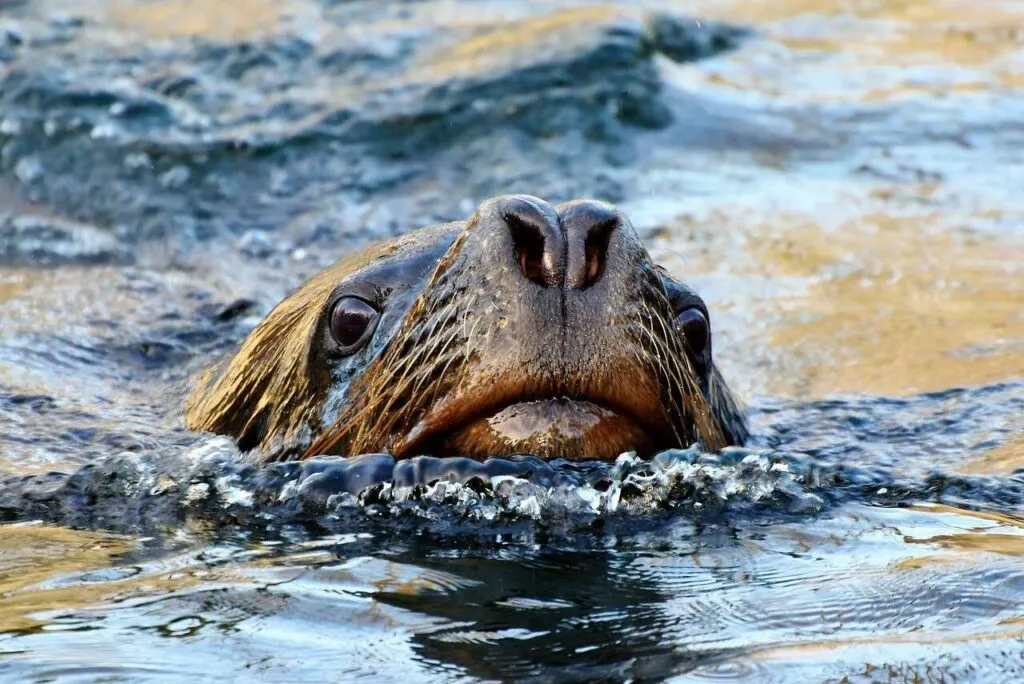
出典:https://pixabay.com/images/id-3096163/
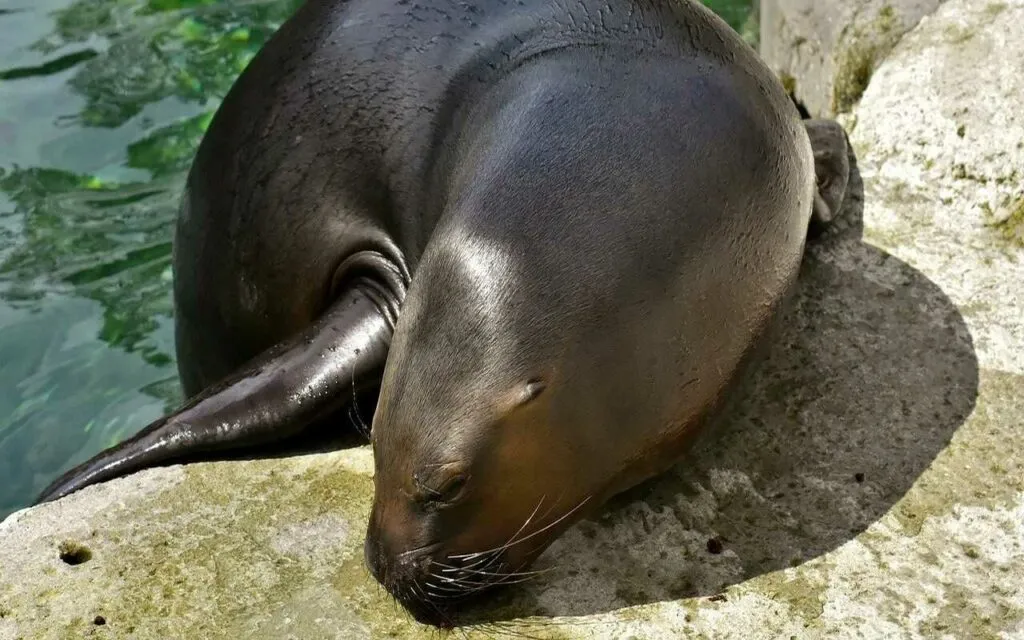
出典:https://pixabay.com/images/id-3388321/
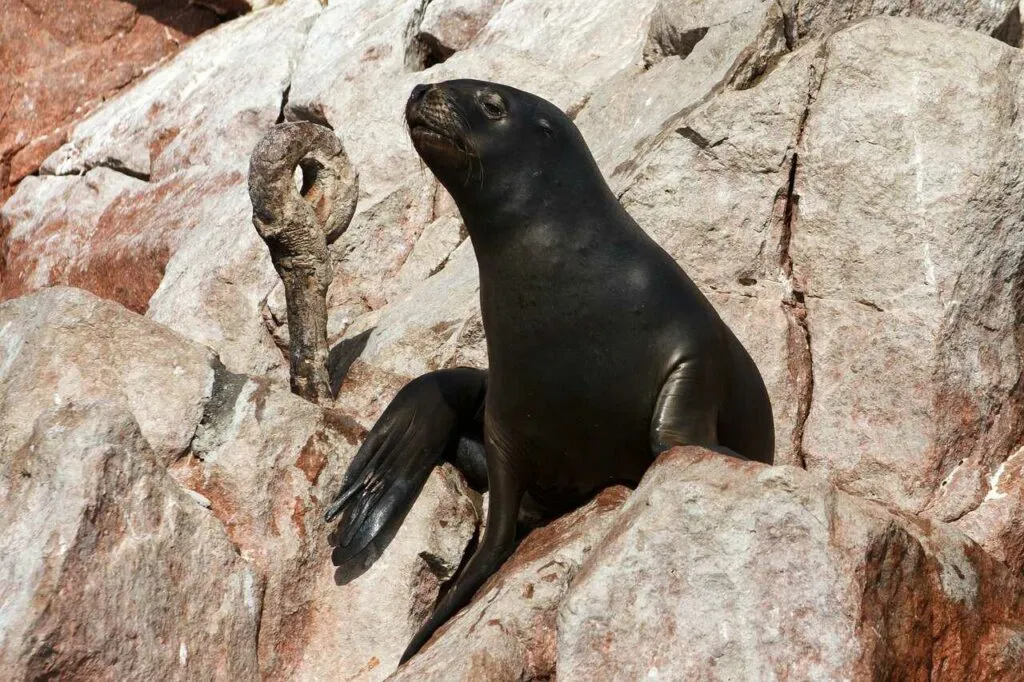
出典:https://pixabay.com/images/id-4416039/

出典:https://pixabay.com/images/id-1397038/
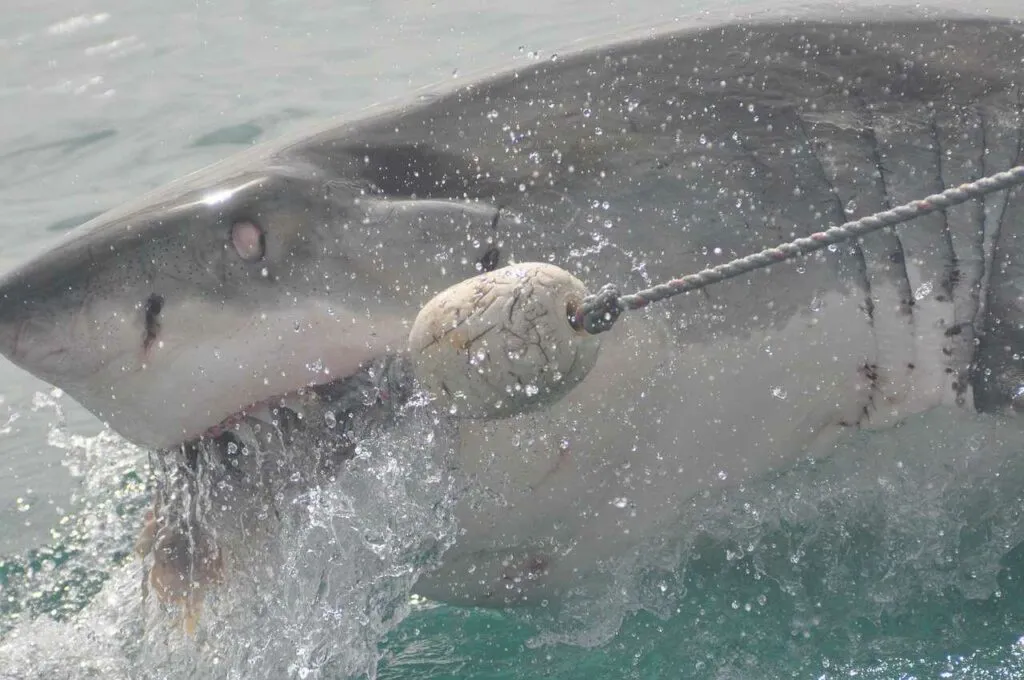
enemy
出典:https://pixabay.com/images/id-892669/
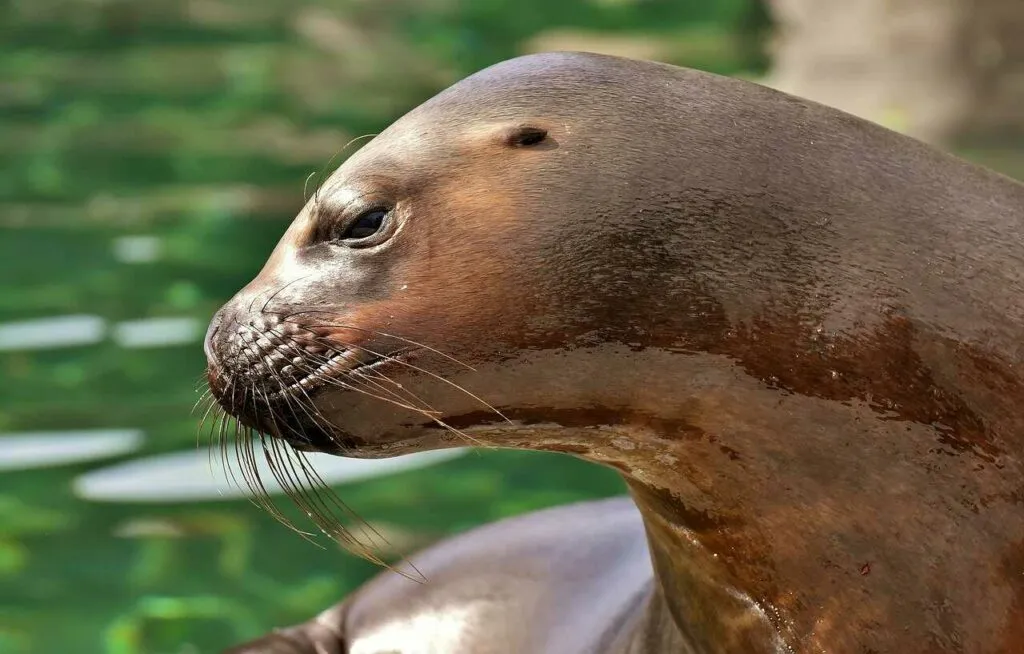
出典:https://pixabay.com/images/id-3319900/

Help Enrich Our Animalbook.jp with Your Media!
We are constantly looking to expand and enrich our Animalbook.jp with amazing photos and videos of animals. If you have any media that you'd like to share, please contribute and help us showcase the beauty and diversity of the animal kingdom. Your submissions will be credited and featured in our encyclopedia, reaching a wide audience of animal lovers.

